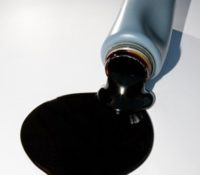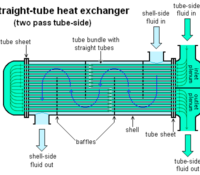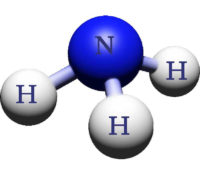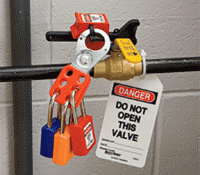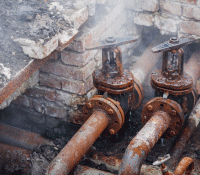What Does a Recovery Boiler Recover? – Quite a bit, actually!
The Kraft paper process was invented in 1879 and produces a stronger finished product that other paper manufacturing methods. One of the waste streams is known as black liquor and is a mixture of solids and water. It contains lignin, hemicelluloses and chemicals used in the pulping process. The original process had no use for this harmful waste stream and it was dumped into nearby waterways, to their detriment!!! Mr. G.H. Tomlinson invented the recovery boiler in the early 1930’s. This development made the Kraft process the manufacturing method of choice, as explained below. Read More



